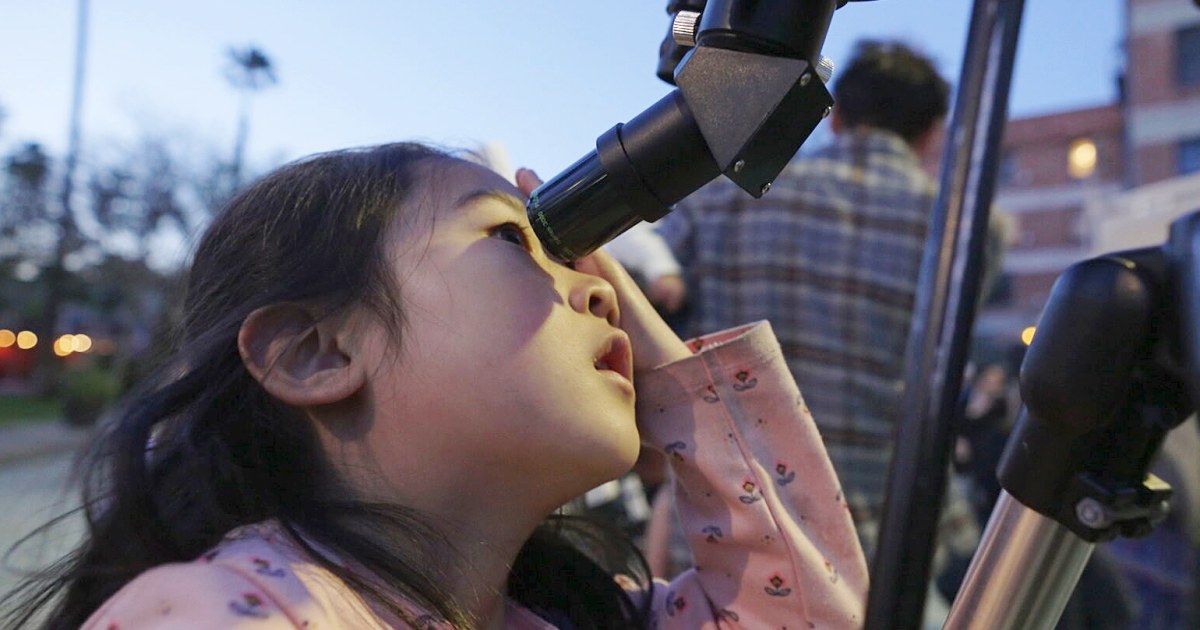
Gas Separation
Gas separation is the process of separating different gases from a gas mixture. In space and astronautical engineering, gas separation is a critical process for life support systems, fuel processing, and environmental control. Gas separation can be achieved through various methods such as pressure swing adsorption, membrane separation, cryogenic distillation, and absorption. Pressure swing adsorption is a commonly used method for separating gases in spacecraft as it is a simple and reliable process. Membrane separation is another method that is used for separating gases based on their molecular size. Cryogenic distillation is a process that uses low temperatures to separate gases based on their boiling points. Absorption is a process that uses a liquid solvent to selectively absorb a particular gas. Gas separation is essential for maintaining a safe and habitable environment for astronauts in space.
Your Previous Searches
Random Picks
- Nanoscale Components: Nanoscale components refer to the tiny devices and structures that are designed and fabricated at the nanometer scale, typically using advanced manufacturing techniques such as nanolithography and self-assembly. In the context of space and ... Read More >>
- Power Management Strategies: Power Management Strategies refer to the techniques and methods used to optimize the use of power in space and astronautical systems. These strategies involve the design and implementation of systems that can efficiently generate, store, di ... Read More >>
- Epoch Time: Epoch time is the number of seconds that have elapsed since January 1, 1970, 00:00:00 UTC. It is a standard way of representing a point in time as a single number. Epoch time is widely used in computer systems, especially in the field of sp ... Read More >>
Top News

Easter's date remains divisive. Some church leaders want that to change...
Eastern and Western churches will celebrate Easter on the same day this year, while marking 1,700 years since the Council of Nicaea unified Christian doctrine...
News Source: ABC News on 2025-04-19

In a city of stars, Los Angeles astronomy club makes sure to keep looking up...
LOS ANGELES — While Los Angeles is home to the biggest stars in the world, a monthly get-together is proving that the city’s rich and famous have nothing on the universe....
News Source: NBC News on 2025-04-18

This week on "Sunday Morning" (April 20)...
A look at the features for this week's broadcast of the Emmy-winning program, hosted by Jane Pauley....
News Source: CBS News on 2025-04-17

Scientists detect strongest hints yet of life on a distant planet...
Scientists have detected unique chemical patterns similar to those produced by the Earth's algae and seaweed — raising the possibility of the presence of a warm ocean, perhaps teeming with life, on ...
News Source: NBC News on 2025-04-17

Is there life on another planet? Scientists find the strongest evidence yet...
Near a planet far, far away astronomers have found traces of chemicals that on Earth are only produced by living beings....
News Source: Al Jazeera English on 2025-04-17